The International Labour Organization (ILO) in the report Marking progress against child labour:Global estimates and trends 2008-2012 measured global progress on the reduction of child labour. The new estimates in the report indicate that 168 million children worldwide are in child labour, which is 11 per cent of the child population as a whole. This is the number of children working below the minimum age of employment, And the number of children working in hazardous conditions, a proxy for worst forms of child labour, is still a shocking. There are 85 million child labourers in work that directly endangers their health, safety and moral development, and the global community needs to respond to these children with urgency.
There are almost 78 million fewer child labourers now, a reduction of almost one-third since 2000. While the reduction in numbers is encouraging, the pace of reduction is not enough to reach the 2016 goal for elimination of the worst forms of child labour. The Asia and the Pacific region continue to house the largest numbers of child labourers, at 78 million and also see the sharpest reductions. “While sub-Saharan Africa accounted for 30 per cent of all 5-17 year olds in child labour in 2008, four years later this figure has risen to 35 per cent” according to the report. In sub-Saharan Africa, one in every five child is a child labourer. This is also the region with the largest number of children out-of-school at 30 million.
The report for the first time looks at national income level and its interplay with child labour. Interestingly, middle income countries account for the highest number of child labourers at 93 million child labourers to 74 million in low income countries. This result reiterates Global March’s position that while poverty is an important determinant of child labour, it is not the only reason for child labour.
Breaking the link between child labour and educational disadvantage remains a major challenge, as highlighted by the UN Special Envoy for Global Education Gordon Brown in his report. The report clearly states that, “the 2016 target date for elimination of worst forms will not be met.” It further adds that the 2020 goal “would require an increase in the annual rate of reduction from current 6.5 per cent to 24 per cent.” Commenting on the report, Kailash Satyarthi, Chairperson, Global March Against Child Labour said, “While the report reaffirms that concerted efforts are being made, it throws the challenge of sustaining and escalating these efforts. The progress made needs to be accelerated and cemented, with urgency and with all the actors. There are 168 million children waiting for a better life, for a chance at quality education and for greater social protection. If we do not get it right by 2016, how can we get it right after that date? That is why we are calling for rallying collective energies towards enforcement of legislations, strengthening the knowledge base, working with a multi-pronged approach and bringing new actors and stakeholders to the right against child labour. The international community, particularly the aid donors must ensure sufficient financing to achieve these goals. Otherwise, children will continue to slave and sweat at the cost of their education and future.”
Haldis Holst, Deputy General Secretary of Education International added, “Education International is pleased to note the high importance the report gives to education as an effective policy response in the fight against child labour. The call for continued efforts to expand access of boys and girls to free, relevant and quality basic education is of crucial importance. Unfortunately the report does not mention that in order to achieve this, there is a great need to invest in recruiting and educating teachers. In order to meet the Education For All goals by 2015 the world will need an estimated 1.7 million additional primary school teaching positions. We need to increase our efforts to ensure that all children have access to quality education and qualified teachers.”
Children between ages 5-11 account for the largest share of all child labourers: 73 million. Although this group has also seen the sharpest decline, this constitutes the most vulnerable. With 57 million children in primary age group out-of-school, the world is clearly not on track to achieve universal primary education (UPE), when a large number of out-of-school children are child labourers.
The fall in girls in child labour was particularly pronounced with a reduction of 40 per cent in the number of girls in child labour as compared to 25 per cent for boys. Boys outnumber girls in all sectors with the exception of domestic work, where girls overwhelm the boys. While child labour involvement is much higher among boys than girls for the 5-17 years age group as a whole this overall gender gap is a reflection entirely of gender differences in child labour among older children.
